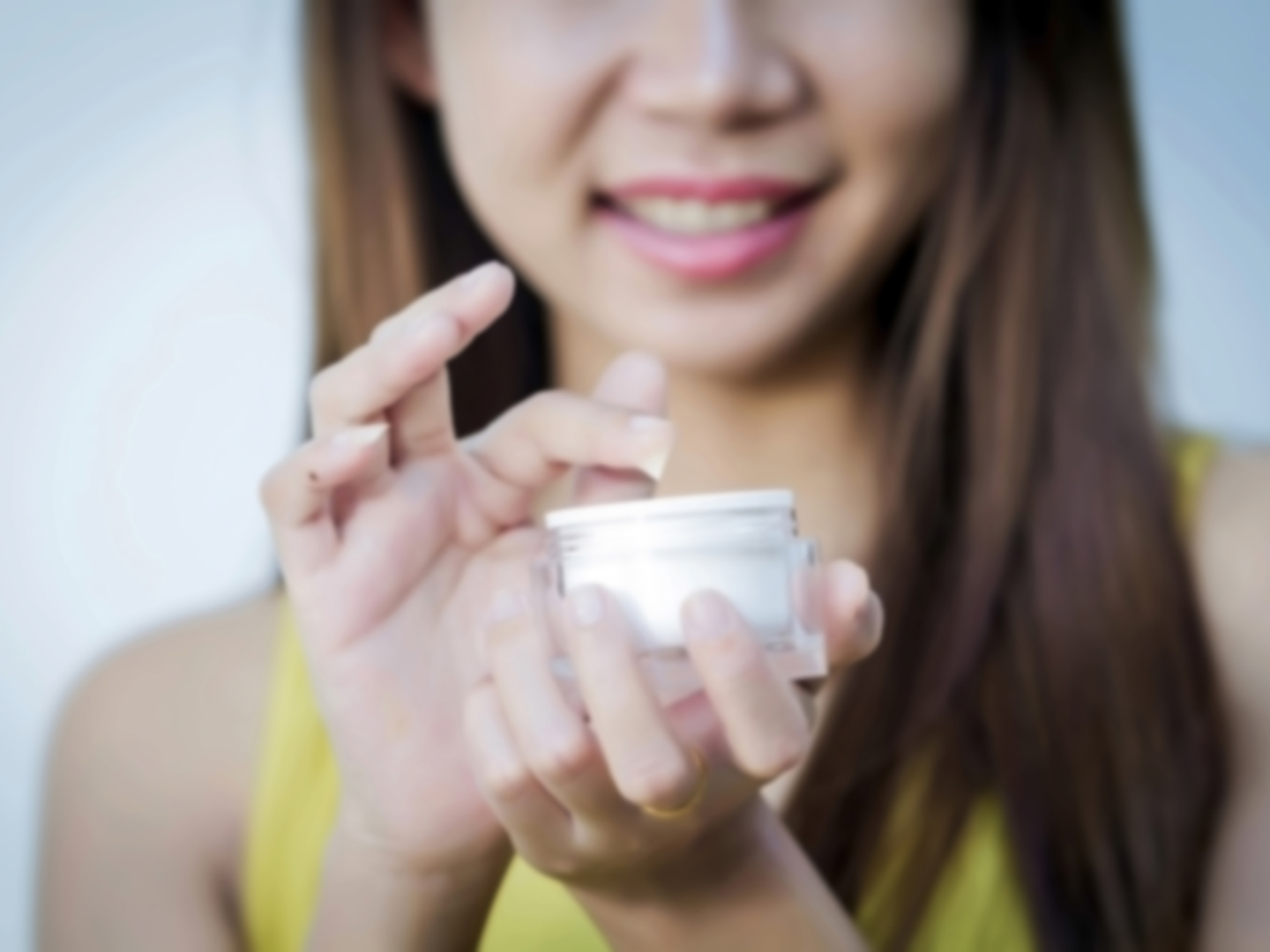Fighting Folliculitis?
Do you have an alternative approach to suggest for treating chronic Staphylococcus aureus folliculitis of the buttocks and thighs? The never-ending cycles of antibacterial soaps and antibiotics aren’t working for me.
Andrew Weil, M.D. | February 20, 2014

Originally published May 3, 2010. Updated February 20, 2014.
Folliculitis is an inflammation of the hair follicles, the tiny pits in the skin from which hair grows. Usually, this condition is due to infection with staphylococcus bacteria or a fungus. The symptoms include red and inflamed skin, itchiness or tenderness, small red or pus-filled bumps around hair follicles, and blisters that break open and crust over. Occasionally, another skin disorder, hidradenitis suppurativa (HS), may be mistaken for folliculitis. HS can start out looking like boils or pimples but over time can form thick scars. HS usually forms in areas where skin touches skin: the underarms (one or both), groin, buttocks, upper thighs and underneath women’s breasts.
Chronic skin conditions such as eczema or dermatitis can put you at risk for folliculitis, as can diabetes, tight clothing, living in unsanitary conditions, heat and humidity, and staph infections in the nasal passages. (There’s also a more severe form of folliculitis that comes from using hot tubs that haven’t been properly disinfected. Popularly known as “hot tub folliculitis” and caused by pseudomonas bacteria, this condition can be painful and resistant to treatment.)
Usually, common folliculitis responds to treatment with over-the-counter antibiotic ointments applied to the affected area, but if the area is large, you may need a course of oral antibiotics. But keep in mind that the repeated use of antibiotics, either topically or orally, is likely to select for resistant, more virulent strains of staph. You need to try another approach.
You also might consider taking astragalus (Astragalus membranaceous), one of my favorite immune-boosting tonics. It is the root of a plant in the pea family long used in China to prevent illness and strengthen sick people. I recommend astragalus root products standardized to 16 percent polysaccharides in capsules and following the dosage directions on the product label. This herbal remedy does not attack the germs in your skin; instead, it increases your natural resistance to them. Astragalus is nontoxic. You can take it indefinitely.
I also would recommend trying to increase resistance to infection by boosting your daily intake of garlic and by taking a mixture of medicinal mushrooms (especially shiitake, enoki, maitake, reishi and turkey tail) in supplement form.
Keep the affected area clean, but stop using antibacterial soaps. You can apply hot, wet compresses to bring more blood to the skin to help fight the infection.
The goal is not to eradicate the staph germs but to get back in balance with them. They are normal inhabitants of the skin and do not have to cause you problems. To that end, I strongly recommend that you try some form of mind/body medicine, such as hypnotherapy, which can be very effective in treating skin conditions. Look for a hypnotherapist with experience in dealing with these disorders. You can get a referral from the American Society of Clinical Hypnosis. Guided imagery is another option; check with the Academy for Guided Imagery.
You also might try making some dietary adjustments: reducing the amount of sugar you are consuming, adding some raw garlic to food or to salad dressing, and taking a probiotic supplement.
Andrew Weil, M.D.
Source:
“Hidradenitis suppurativa” American Academy of Dermatology, accessed November 5, 2013, http://www.aad.org/dermatology-a-to-z/diseases-and-treatments/e—h/hidradenitis-suppurativa/signs-and-symptoms









